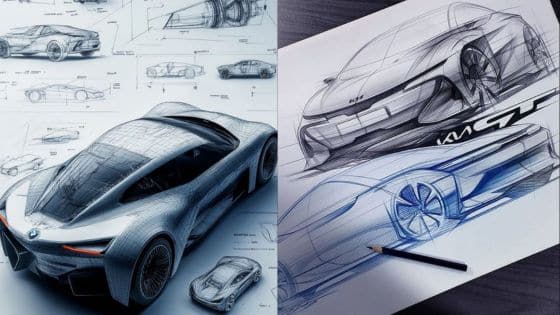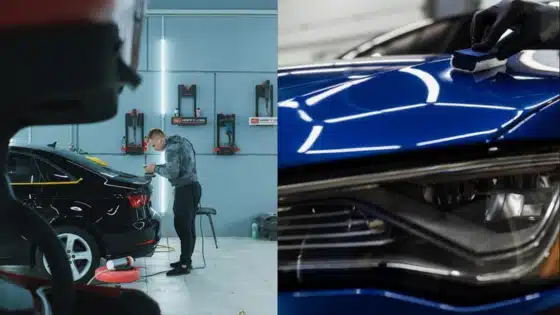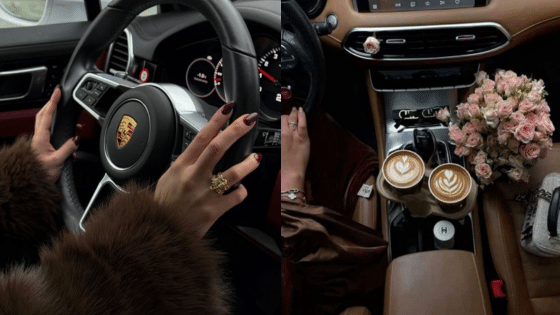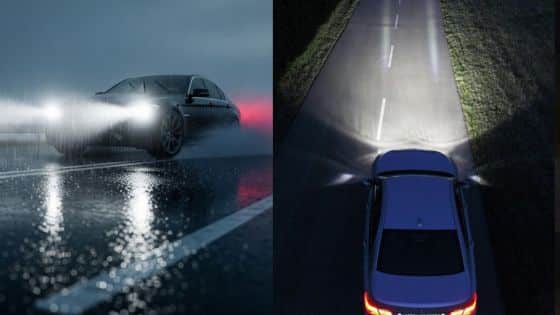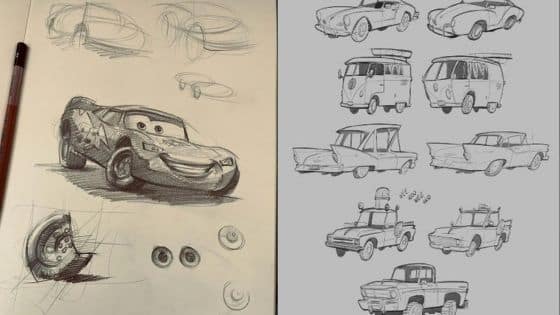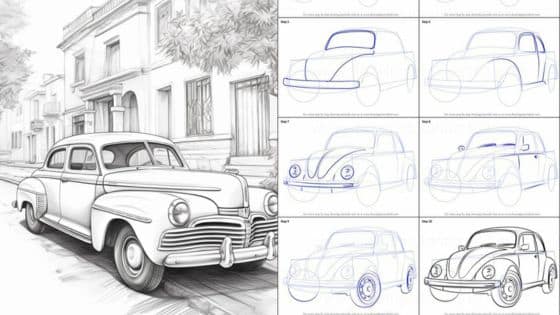Whether you’re an aspiring designer or just curious about the creative world of car design, automobile sketching opens up a fascinating doorway into how vehicles take shape on the page before they hit the road. Automobile sketches are drawings that show the early visual ideas and design features of a car, often used to explore and communicate concepts quickly. These sketches can range from simple outlines to detailed renderings, helping designers and enthusiasts visualize possibilities and innovations in automotive design.
You can start creating your own automobile sketches with just basic tools like pencils, markers, or digital drawing software. Online platforms make it easy to browse thousands of car sketches for inspiration, as well as get tips from professional designers on techniques and best practices. Many sites also offer free and paid resources, but it’s important to check the licensing details before using sketches for your own projects.
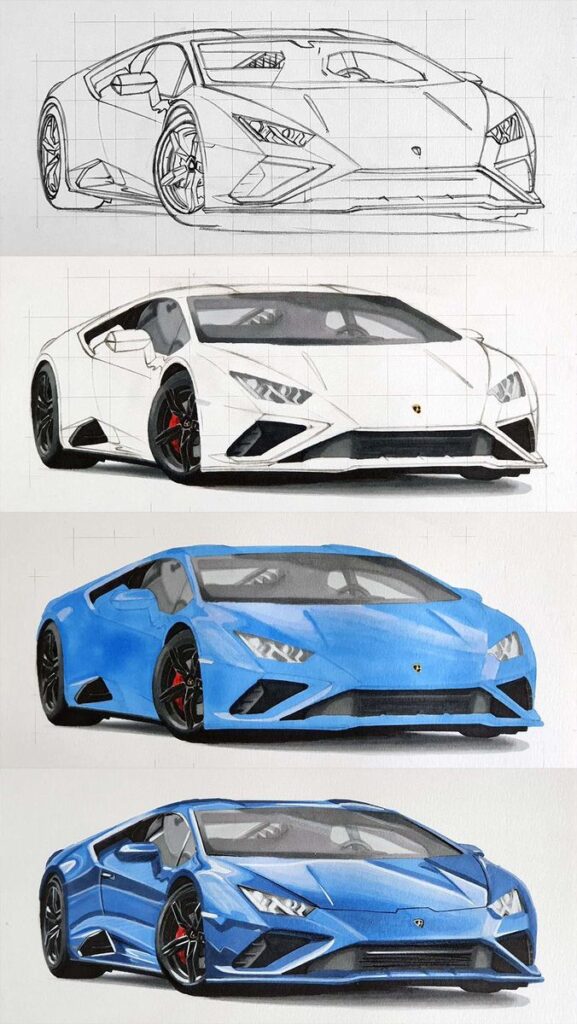
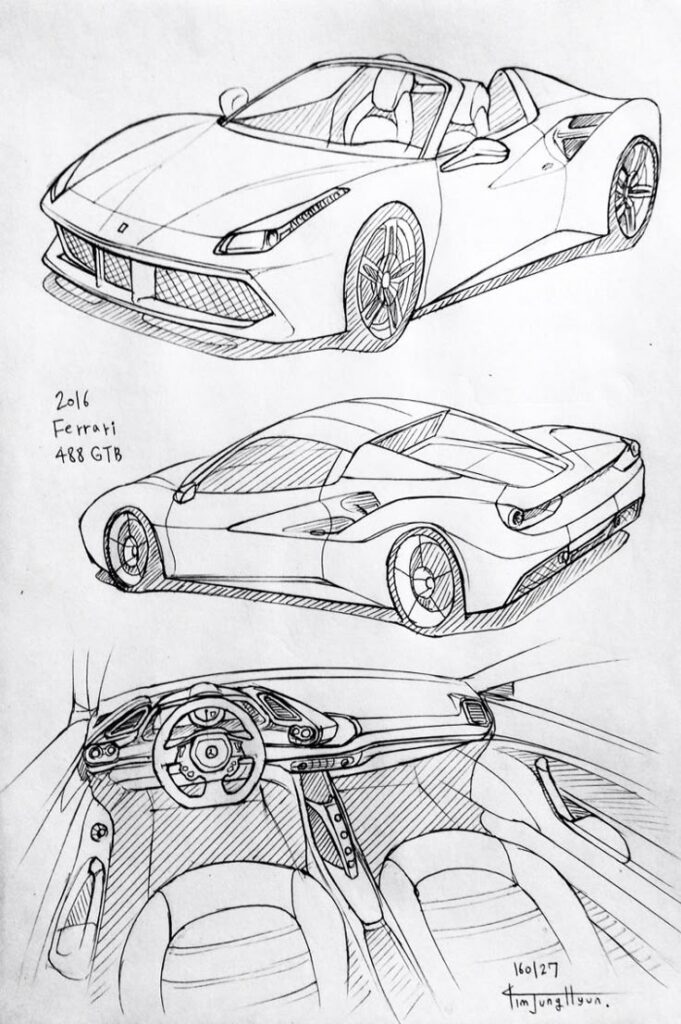
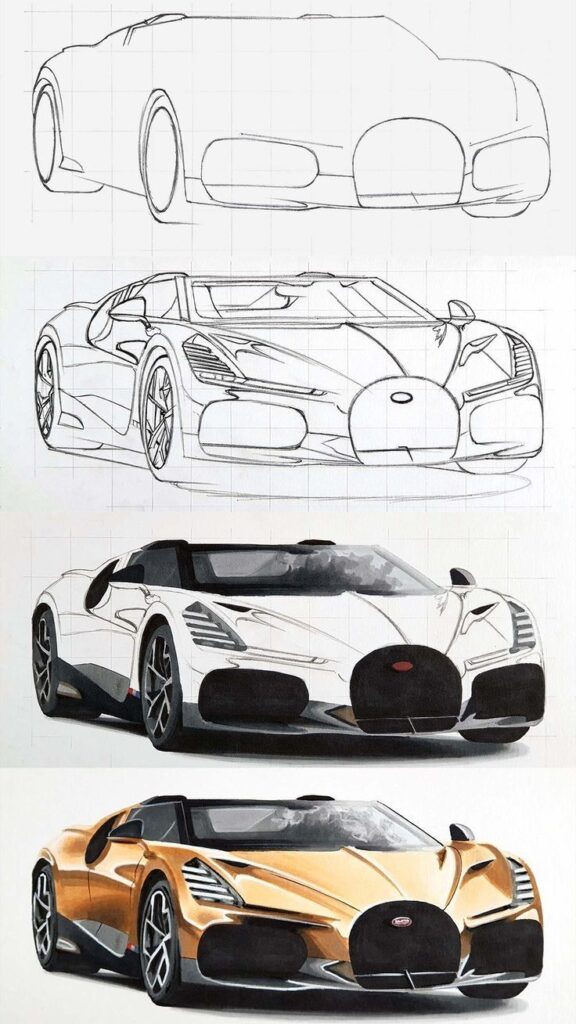
Key Takeaways
- Automobile sketches help visualize car design ideas.
- Simple tools and techniques can get you started.
- Online resources offer easy access and inspiration.
What Is an Automobile Sketch?
An automobile sketch is a visual representation of a vehicle’s form, capturing its proportions, design, and unique features. It’s a key part of automotive design that helps communicate ideas early in the creation process, whether you’re sketching a classic sedan or a dynamic sports car drawing.
Significance in Automotive Design
In automotive design, sketches guide the creation and evolution of car models. Your car drawings serve as the foundation for concepts that eventually become real vehicles.
Designers use sketches to explore different ideas without committing time or resources to full prototypes. These early drawings help you visualize proportions, stance, and style.
They’re essential tools in communicating your vision to teams and clients, making it easier to refine and select the best ideas. The focus may range from the subtle elegance of a family car to the aggressive stance of a sports car drawing.
Traditional vs. Digital Sketching
You can create automobile sketches using traditional tools like pencils, markers, and paper, or with digital devices and software. Each method has unique benefits and workflows.
With traditional sketching, you experience a tactile connection to your artwork. You can vary line weight and create expressive marks, which helps emphasize shapes and details.
Digital sketching tools, such as tablets with styluses and programs like Photoshop or SketchBook, offer flexibility. You can quickly adjust car drawings, use layers, and undo mistakes.
Some designers use both approaches—starting with paper for initial ideas, then refining cars digitally for presentation.
Popular Styles and Themes
Automobile sketches can reflect many styles, from realistic renderings to loose, expressive lines. Popular themes often focus on sports car drawing, exotic vehicles, and futuristic cars.
You might use shading and perspective to create depth and realism. Others go for bolder outlines and exaggerated proportions that enhance the car’s personality.
Certain sketches focus on conceptual features like unique headlights or aerodynamic curves. Whether you prefer realistic or stylized car drawings, the main goal is always to capture your vision and communicate the essence of your design.



Essential Tools and Techniques
Choosing the right tools and understanding core methods streamlines your automobile sketching process. You’ll work faster and with more precision by building good habits from the start.
Basic Tools for Car Line Drawing
To begin sketching cars, you’ll need a sketchbook, a set of pencils (from soft to hard graphite), and fine-tip markers for highlighting contours. Using a ruler can help to maintain crisp, straight lines, especially for vehicle frames and structural guides.
Starting drawings with light pencil strokes lets you easily adjust shapes and proportions. Once satisfied, you can darken major lines, add line weight, and use markers to boost definition and shadowing.
Recommended tool list:
| Tool | Purpose |
|---|---|
| Pencils | Light outlines, shading |
| Markers | Defining edges, contrast |
| Ruler | Straight lines, perspective |
| Erasers | Corrections, highlights |
Quality paper prevents smudging and supports repeated erasing.
Perspective and Proportion
Accurate perspective helps cars look realistic, whether sketching side views, three-quarter angles, or dynamic action shots. Use simple geometric shapes—rectangles for frames, circles for wheels—as building blocks.
Mark out the horizon line and vanishing points before drawing the car. This ensures that lines converge correctly, bringing consistency to the angles and depth of the vehicle. Pay special attention to wheel alignment and spacing.
Understanding proportion is key. Keep track of relationships like cabin-to-hood length and wheelbase size. Measuring distances with your pencil or a ruler helps maintain balance across sketches.
Digital Methods and ai Generated Content
Digital tablets, styluses, and graphic software like Photoshop or Procreate have become popular for automobile sketching. These tools give you multiple layers, precise edit controls, and instant color options.
AI-generated content offers inspiration or rough templates by quickly producing car line drawings or reference frames. While these tools save time, always refine AI outputs and add your unique touch for originality.
For more technical drawings, vector-based applications let you make clean, scalable designs. Combined methods—traditional sketches as a foundation, digital tools for refinement—often deliver the best results.



Automobile Sketch Resources and Visuals
You have a range of resources available to explore and present automobile sketches in both creative and technical contexts. High-quality images, editorial artwork, and panoramic visualizations let you better understand design features, details, and environments.
Photos, Vectors, and Stock Photos
If you want to begin with reference material, stock photo libraries are one of your best sources. These collections include high-resolution photographs of vehicles at different angles, lighting conditions, and backgrounds. Stock photos are great for inspiration, tracing, or digital paint-overs when developing a unique automobile design.
Vector images stand out for their sharpness and easy scalability. They’re often used for technical diagrams or minimalist illustrations, which can help you focus on proportions and design lines.
Here’s a quick comparison:
| Resource Type | Use Case | Example Formats |
|---|---|---|
| Stock Photos | Reference, Inspiration | JPG, PNG |
| Vectors | Line Art, Schematics | SVG, EPS, AI |
By combining these resources, you can create accurate and visually appealing sketches with less effort.
Illustrations and Editorial Images
For those looking to capture the artistry of automobile design, editorial illustrations and stylized drawings play a key role. These types of visuals often accompany articles on car design, innovation, or classic vehicle profiles.
Illustrations help you study stylistic details, light, and shading techniques used by professionals. Editorial images are useful for understanding how sketches are presented in magazines and online publications. They often show step-by-step developments or conceptual renderings, which can improve your own workflow if you analyze them closely.
You can find automotive sketches ranging from loose concept art to precise technical renderings, each offering a different perspective on both new and vintage models.
360° Panoramic Images and Videos
Modern sketching and visualization also make use of 360° panoramic resources. These immersive images and videos allow you to view vehicles from multiple angles within a single frame. With a 360° panoramic image, you can rotate your view to study the flow of bodywork, surfacing, and detail transitions.
Videos with a panoramic view provide dynamic exploration, especially when studying how light interacts with curved shapes. This is especially valuable for digital sketching or when creating 3D models as reference.
Many stock photo sites and automotive design resources now include panoramic formats, making it easier for you to gain a comprehensive understanding of both exterior and interior spaces.


Licensing and Usage for Car Sketches
Different licensing options are available for car sketches, which define how you can use, reproduce, or sell these images. Understanding these options helps you avoid copyright issues and better suits your creative or commercial needs.
Royalty-Free and Extended Licenses
A royalty-free license allows you to use a car sketch multiple times after a one-time payment, with no need to pay the artist each time you use the image. Most standard royalty-free licenses let you use sketches for personal projects, educational material, or digital portfolios.
Extended licenses are necessary if you want more freedom. For example, you may need an extended license if you plan to sell merchandise, use sketches in commercial advertising, or distribute high print runs. These often come at a higher cost but grant you broader rights.
Key points for both:
| Feature | Royalty-Free | Extended License |
|---|---|---|
| Commercial Use | Limited | Broad |
| Distribution Limit | Often restricted | Higher or unlimited |
| Modification | Usually allowed | Usually allowed |
Always check the terms carefully before use. Some royalty-free licenses may still restrict modifications or resale.
Exclusive Content Options
If you want unique rights, exclusive licenses give you special access to a car sketch—sometimes making it unavailable to anyone else. This can be useful for branding or projects where originality and singularity are important.
Exclusive content often comes at a premium. You might be the only person using that artwork for a specific time, industry, or project. The artist or agency removes the sketch from sale to others for the duration of your agreement.
Exclusive rights agreements can be tailored:
- Full exclusivity: No other party can use, buy, or license the sketch during your agreement.
- Industry exclusivity: Only your sector is restricted, while other sectors may use it.
Review all contract terms closely. If you need something truly one-of-a-kind, discuss custom sketches or adaptation directly with the artist.
Finding and Filtering Automobile Sketch Content Online
When searching for automobile sketches online, you can save time and find relevant images by using smart search tools and choosing the right platforms. Both filtering search results and exploring stock sites like Dreamstime help you locate high-quality sketch content efficiently.
Using Filter Search Results
Most image-hosting platforms provide filter options to narrow down your search. You can specify keywords like “car sketch” or “automobile illustration” to sort out unrelated results. Filters for file type, orientation, resolution, or color can further speed up your process.
To get the most accurate content, use features such as:
- Category selection: Choose categories like “illustrations” or “drawings.”
- License filters: Select only royalty-free or commercial use images.
- Quality or popularity filters: Pick images with high ratings or downloads for more professional results.
Using filters prevents you from scrolling through thousands of irrelevant images. Always double-check the license to ensure you can use the content for your specific needs.
Platforms Like dreamstime
Dreamstime is a large stock site that offers a broad collection of automobile sketches in various styles and formats. To help you quickly identify suitable content, use Dreamstime’s built-in filters such as image orientation, file type, and usage rights.
Dreamstime also provides previews, so you can browse through different sketches before downloading. Popular search terms on the site include “car sketch,” “vehicle drawing,” or “auto illustration.”
You can make an account to save your favorite sketches and organize collections. This makes it easy to compare different options or revisit images later. Make sure to check license details for each image, as availability for commercial use may vary.
- 3shares
- Facebook0
- Pinterest0
- Twitter3
- Reddit0








